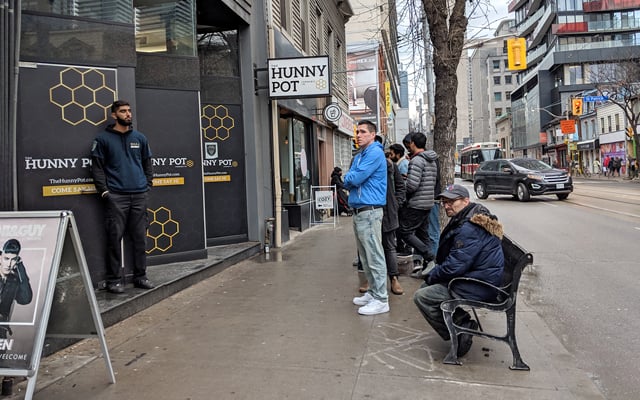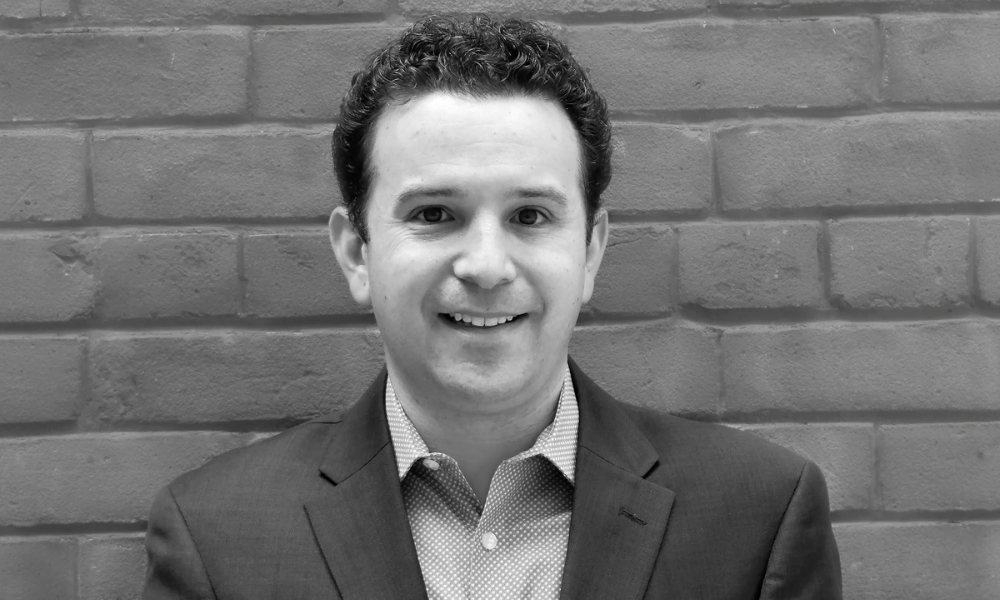Newly available products stronger, last longer than inhaled ones

Just when employers were starting to feel comfortable — or less panicked — about the impact of recreational cannabis on the workplace, the legal production and sale of edible cannabis, cannabis extracts and cannabis topicals will take effect Oct. 17.
Unlike inhaled cannabis, ingestibles can take longer to take effect (from 30 minutes to two hours, compared to seconds) and the full effects of the ingested products can also take longer to peak (four hours, compared to 30 minutes for inhaled products), according to the Canadian Centre on Substance Abuse and Addiction (CCSA).
“The cannabis products that we currently have available are mostly those that are smoked or vaped,” says Robert Gabrys, research and policy analyst at the CCSA in Ottawa. “And the onset of psychoactive effects following these sort of substances is relatively quick, so they appear within a few seconds to minutes, whereas [with] edible cannabis products, the onset of effects is considerably longer.
“They might appear anywhere between 30 minutes to two hours. And for some individuals, that could take up to four hours for the high, essentially, to appear.”
Ingestion of cannabis also leads to a longer duration of effects, he says.
“With inhalation effects, [they] typically last up to six hours, whereas eating an edible cannabis product, the effects could last up to 12 hours, and some of these residual effects such as drowsiness could last even into the next day.”
Also of note: Data out of the United States — for regions where cannabis has been legal — has shown that people unfamiliar with edibles are more prone to take another serving if they’re not feeling the effects, says Gabrys.
As we head toward Oct. 17, concern from employers could creep up again because of the new products, says Ryan Mallough, director of provincial affairs for Ontario at the Canadian Federation of Independent Business (CFIB) in Toronto.
“It’s one thing to be able to identify a cannabis smoker [and] quite another thing to be able to identify an edible [user], and they react with the body differently,” he says.
“Ultimately, when it comes to cannabis — especially as new products and whatnot get rolled out… employers and employees need to have conversations around expectations and what’s acceptable and what’s not. And when it comes to… recognizing impairment, the onus is on the employer or the floor manager of the day, but all employees should be looking out to their fellow employees if you are concerned someone is impaired. There needs to be a system in place in the workplace where you can report that to ensure that everyone is safe.”
Impairment concerns
Having had a year to adjust to the drug’s legalization, most employers have policies and supports in place to deal with any potential issues.
But uncertainty remains around issues such as impairment, says Mallough.
“There still is a pretty significant education gap when it comes to business owners knowing what it is they are responsible for, what it is they need to do, particularly around things like recognizing impairment.”
The CFIB might talk to employers about symptoms such as red eyes, sluggishness or lack of attention, he says, but “I’ve had some red-eye flights coming back from vacation, and those are also the symptoms of jet lag.”
“It really does come down to being vigilant in the workplace,” says Mallough. “If you have a feeling someone might be impaired, especially in a safety-sensitive position, you’re much better off addressing it than rolling the dice and saying, ‘Maybe I’m just seeing something or overreacting.’ So, we are still recommending erring on the side of caution.”
A lot of employers are still struggling with how to define workplace impairment and how to enforce it, says Drew Demerse, a partner at Roper Greyell in Vancouver, adding the biggest concern is for safety-sensitive employers.
“The first [issue] is that the medical experts I speak to note that a cannabis user is less likely to be able to tell they’re impaired than someone who has consumed alcohol. So, cannabis is more difficult from a self-assessment perspective to detect when a person is or ceases to be impaired.”
The effects of cannabis really depend on the person, says Gabrys.
“Things like the person’s sex, their age, how frequently they use cannabis — all of these factors will impact how and when these effects occur, and how long they’ll last for. So, there’s quite a lot of variability not only on the inhalation [on] the smoking and vaping side but also on the ingestion [side]... but the general or key message would be that ingestion leads to a longer or delayed onset and a longer high.”
Testing challenges
There are also a lot of questions around workplace drug testing, says Mallough, as it’s not only about when people can be tested but also what the tests say and how accurate they are.
“It’s still not telling you that someone was impaired; it’s telling you that cannabis was in their system. It’s still not as clean as an alcohol test where… you can tell impairment at that point,” he says.
“Cannabis, depending on the type of strain that you consume, how much of that you consume, the method of consumption… can hit people very differently.”
The research on cannabis is still evolving and the science is not sophisticated when it comes to testing methods, says Monica Haberle, senior research associate at the Conference Board of Canada.
“Understandably, this is a significant challenge for employers who are looking to make that determination on their own.”
Organizations are learning more about different methods, such as using lab-based, oral-swab testing to close the window to gauge recency versus urinalysis tests, which can pick up cannabis from a few days before, she says.
“Things are really improving in this space. But, certainly, significant challenges remain.”
And while a policy can prohibit impairment in the workplace, it can also serve to keep people from being at work with a particular concentration level of drugs in their system, says Demerse.
“That’s establishing cut-offs and a policy for drugs. And that’s not to say that someone is necessarily impaired if they have a concentration of THC, for example, so they have higher than a particular limit, but what it means is if the limit is set correctly, there’s a risk of impairment.”
In some cases, employers have taken the position that an employee made a bad decision to come to work, because the concentration of THC (tetrahydrocannabinol) in their saliva was higher than the cut-off level in the policy, but did not necessarily equate that to proof of impairment, he says.
“What it meant was there was a safety risk in the workplace, and the safety risk wasn’t something that the employer was prepared [for] or should tolerate.”
SIDEBAR
Social media considerations
Overall, 16 per cent of employers have guidelines in place that address social media usage depicting recreational cannabis, found a Conference Board of Canada survey of 163 Candian employers. The guidelines were most common at employers in the power and utilities, transportation and warehousing sectors.
A lot of organizations are concerned about the optics of employees using cannabis, says Monica Haberle, senior research associate at the Conference Board of Canada.
“Although it’s now legal, the stigma is not yet fully gone,” she says.
“If you’re thinking of posting a picture of your organizational holiday party, where there might be some glasses of sparkling wine, organizations are not yet comfortable having people holding joints in these pictures.”
While cannabis culture has been around for years, there’s still a taboo associated with it, says Ryan Mallough, senior policy analyst for Ontario at the Canadian Federation of Independent Business in Toronto.
“That ‘reefer madness’ mentality still exists in a lot of places, as far as the effects of cannabis go and how significant they can be,” he says.
“Ten years ago, you would never dream of cannabis at a workplace event. That’s an illegal drug. Now, it is a possibility someone can step out of an office Christmas party to take a smoke break, and they could be consuming cannabis. And… the employer still has responsibilities there.”




